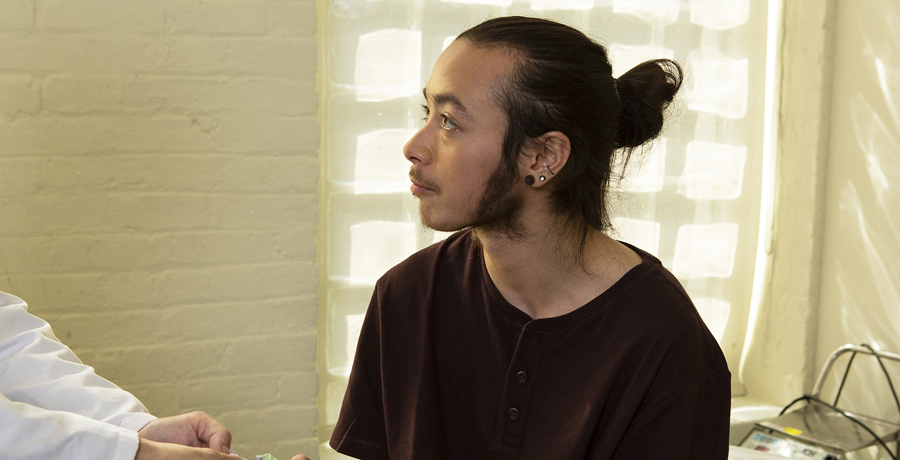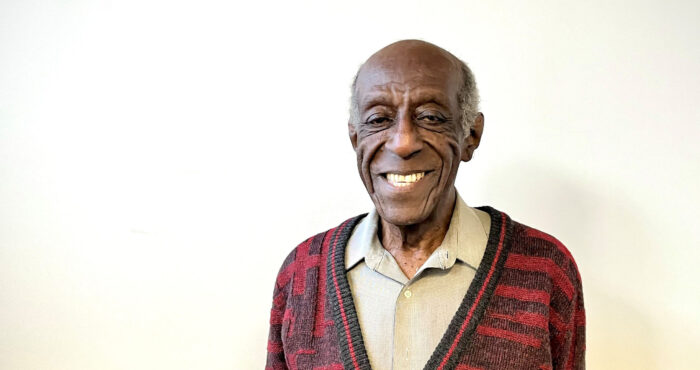Why are trans men invisible in HIV prevention & care?

I have been working in HIV prevention at a variety of nonprofit, community and research institutions for over 20 years. If you are similarly part of these spheres, it may not surprise you to hear that transgender men are seldom, if ever, included in discussions about HIV prevention. I oftentimes find myself wondering—how does this research finding, new technology, development about PrEP (or whatever) apply to trans men? In so many ways, the sexual health needs of trans men simply aren’t being met.
Trans people make up a small percentage of the population of the U.S., (1.4 million individuals or 0.6% of the population, by one estimation) which may be one (unjustifiable) reason they are overlooked in HIV prevention and glossed over in sexual health care. Estimates of HIV prevalence among trans men are relatively low (0-8%), at least when compared to the staggeringly high rates among trans women (22-28%).
There are also myths and misinformation that pervade public health’s understanding of trans men’s bodies, sexuality and lives.
Unfortunately, common myths like “trans men are not at risk for HIV” or “trans men only have sex with cisgender women” exist and continue to inform HIV prevention and care efforts for trans men. The truth is, the sexual orientations, preferences and behaviors of trans men are just as diverse as those found among cis men.
Trans men who have sex with cis men (TMSM) may be just as likely to have condomless vaginal and anal sex with people who are living with HIV or people whose HIV status is unknown as cis men who have sex with other cis men. If cis men are a priority for HIV prevention and sexual health care, so too should TMSM.
There are other reasons why TMSM may be at risk for HIV and other sexual health concerns (including STIs). The need for gender affirmation—where a person receives social recognition and support for their gender identity and expression—may make it more difficult for a trans man to negotiate safer sex practices with their cis male partner. Trans men experience high rates of mental health issues, social isolation, substance use and are more likely to have low self-esteem. All of these things may influence how empowered a trans man feels to seek out and access PrEP, how likely they are to ask a partner living with HIV if they are undetectable, or request condom use during sex.
Trans people now exist in the larger consciousness of our society thanks to celebrities like Laverne Cox, Janet Mock and Chaz Bono in addition to countless trans activists. Awareness and sensitivity to the challenges trans people may face is spreading.
Tips for Health Care Providers
If you’re a health care provider, here are a few things you can do to increase the accessibility and relevance of your services to trans men.
- Encourage your trans clients to discuss their sexual health needs. Use the words they use to describe their body parts and anatomy.
- Ask about behaviors, be specific, and ask without judgment.
- Share information about the likelihood of STI and HIV transmission during vaginal-anal sex between trans and cis partners.
- Make sure trans men know that PrEP is an option, and how to access it.
- Counsel trans men about the possibility of pregnancy—even if they are taking testosterone.
- Build organizational capacity, at all levels from the CEO to the housekeeping staff. Seek out training, technical assistance and ongoing consultation.
- Add integrated care with options for peer support, mental health care and sexual education for clients and cis male partners.
- Finally, empower trans men to lead and shape the services you provide.
The goal of the National HIV/AIDS Strategy is to reduce new infections, improve health outcomes for people living with HIV, and reduce HIV-related health disparities. Ensuring that trans men have access to comprehensive, effective, and affirming health care will help us get there.










